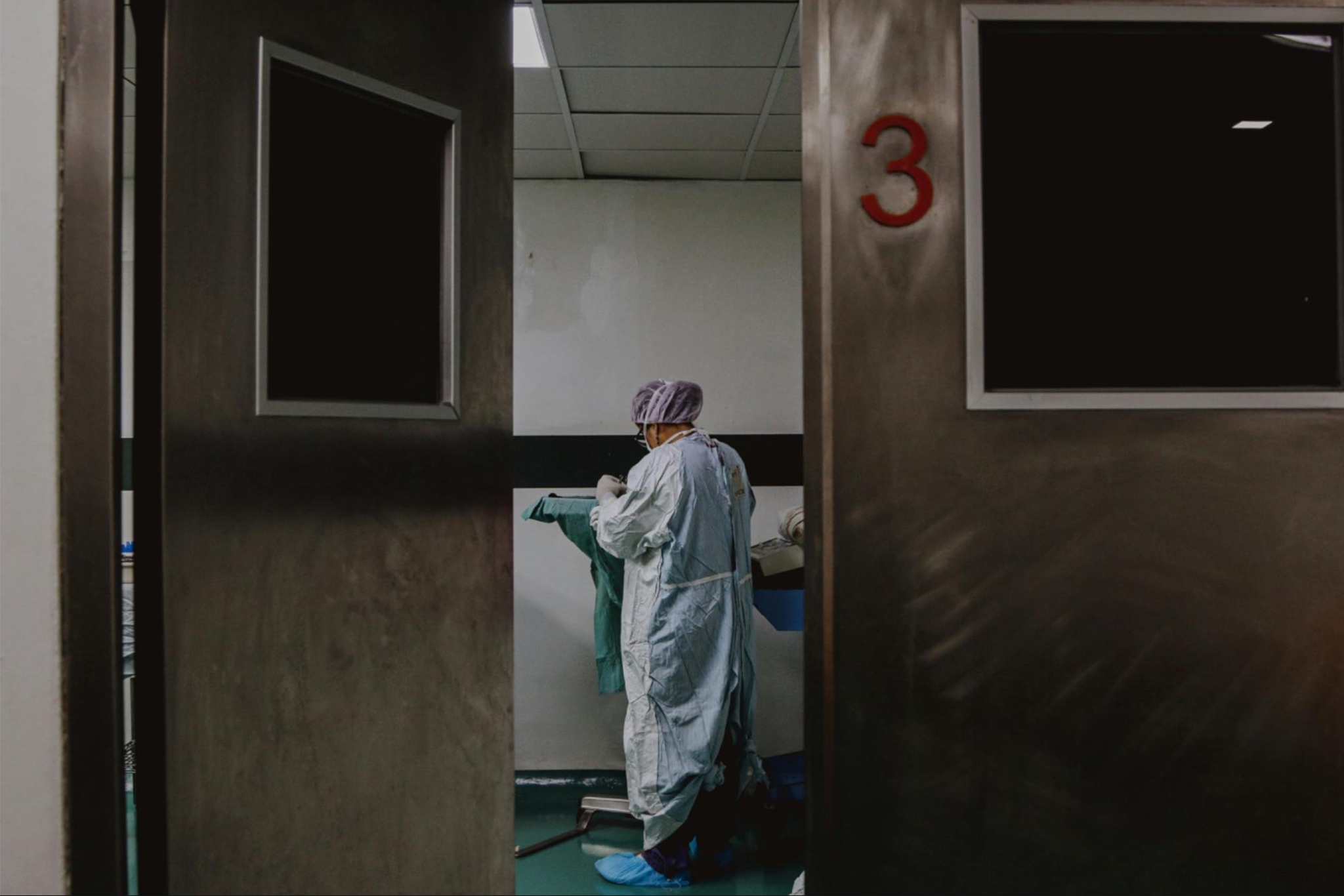Jul 25, 2025 8:14:53 AM

Sentinel lymph node dissection is a widely used procedure in breast cancer surgery to check whether the disease has spread to nearby lymph nodes. By identifying and removing only the first draining (sentinel) nodes, surgeons can accurately stage the cancer and reduce the risk of complications associated with full lymph node removal. In this blog, we explain what sentinel node dissection is, how it works, and why it matters in modern breast cancer care.
What is sentinel lymph node dissection?
Sentinel lymph node dissection is a minimally invasive technique used to assess whether breast cancer has spread beyond the primary tumor. The focus lies on the sentinel node(s), the first lymph node(s) that receive lymphatic drainage from the tumor. If these nodes are free of cancer, it is unlikely that the cancer has spread to other nodes.
This method is primarily used for staging in early stage breast cancer, helping to avoid overtreatment in patients who may not require a full axillary lymph node dissection. During the procedure, tracer materials such as a blue dye or a radioactive solution are injected near the tumor to identify the sentinel nodes. These are then surgically removed and examined by a pathologist for the presence of cancer cells.
In more advanced cases, where multiple lymph nodes are known to be affected, a different approach such as targeted axillary dissection may be used to selectively remove those metastatic nodes.
Read more: Discover more about targeted axillary dissection.
Why is sentinel node dissection important?
Sentinel lymph node dissection plays a vital role in accurate cancer staging, which is critical for making informed decisions about further treatment. By determining whether the cancer has spread to the lymphatic system, clinicians can tailor follow-up therapies such as chemotherapy or radiation more precisely.
Benefits of sentinel node dissection include:
- Reduced risk of complications compared to full lymph node removal
- Lower chance of side effects such as lymphedema, shoulder stiffness or nerve pain
- Often performed during the same procedure as a lumpectomy or mastectomy
- Considered the standard of care for patients with clinically node negative breast cancer
When is it performed?
This procedure is indicated for patients with early stage invasive breast cancer, especially when no suspicious lymph nodes are detected during imaging or physical examination. In some cases, it may also be recommended for patients with ductal carcinoma in situ (DCIS) who are undergoing a mastectomy, as staging information may influence further treatment.
Sentinel lymph node dissection is typically performed alongside breast conserving surgery, but is also used in other types of cancer, including melanoma and gynecologic tumors. The goal is to determine whether more extensive lymph node surgery is necessary.
How does the procedure work?
The process involves several steps:
- A tracer (radioactive substance or blue dye) is injected near the tumor site
- The tracer travels through the lymphatic system to the sentinel lymph node(s)
- The surgeon locates the sentinel node using a gamma probe or visual cues from the dye
- A small incision is made, and the node(s) are carefully removed
- The removed nodes are sent for pathological examination under a microscope
If no cancer is found in the sentinel nodes, further node removal is typically not required. If cancer cells are detected, additional surgery or treatment may be advised based on the extent of the spread.
Risks and recovery
Sentinel lymph node dissection is generally considered safe and well tolerated. However, as with any surgical procedure, there are some potential side effects:
- Minor bleeding or bruising
- Allergic reaction to the tracer dye
- Infection at the injection or incision site
- Temporary pain, numbness or tingling in the arm or armpit
Most patients recover quickly and experience fewer long term side effects compared to those who undergo full lymph node dissection.
What happens after the procedure?
Once the sentinel nodes are removed, they are examined in the pathology lab to determine if cancer is present. The results guide the next steps in treatment:
- If no cancer is found, no further lymph node surgery is usually needed
- If cancer is detected, additional lymph nodes may be removed during the same operation or scheduled for later surgery
- In some cases, further adjuvant treatment such as chemotherapy or radiation is recommended based on the findings
About Sirius Medical
While sentinel lymph node dissection is a key step in staging early stage breast cancer, it is typically performed using tracer based techniques such as blue dye or radioactive solutions. This procedure does not use permanent magnetic markers and does not involve the Sirius Pintuition® system.
However, sentinel node biopsy is part of a broader surgical pathway in breast cancer care. In later stages, when cancer has been confirmed in multiple lymph nodes, other localization methods may be required to target and remove those affected nodes. That is where Sirius Medical plays a vital role.

Sirius Medical supports clinicians with intuitive surgical marker navigation for precise tumor and lymph node localization. The Sirius Pintuition® system, powered by GPSDetect®, provides real time distance and directional feedback to enable accurate, radiation free localization. This is especially valuable in procedures such as targeted axillary dissection.
With over 50,000 procedures performed in more than 225 hospitals worldwide, Sirius Medical is committed to enabling safe, precise and efficient surgery.
Disclaimer
This article is intended for informational purposes only and should not be considered medical advice. While Sirius Medical is dedicated to improving breast cancer treatment through innovative localization technology, we do not provide medical diagnoses or treatment recommendations. If you experience any symptoms or changes in your breast health, consult a qualified healthcare professional promptly. Early medical evaluation is crucial for accurate diagnosis and effective treatment. Always seek professional guidance for concerns regarding your health.


